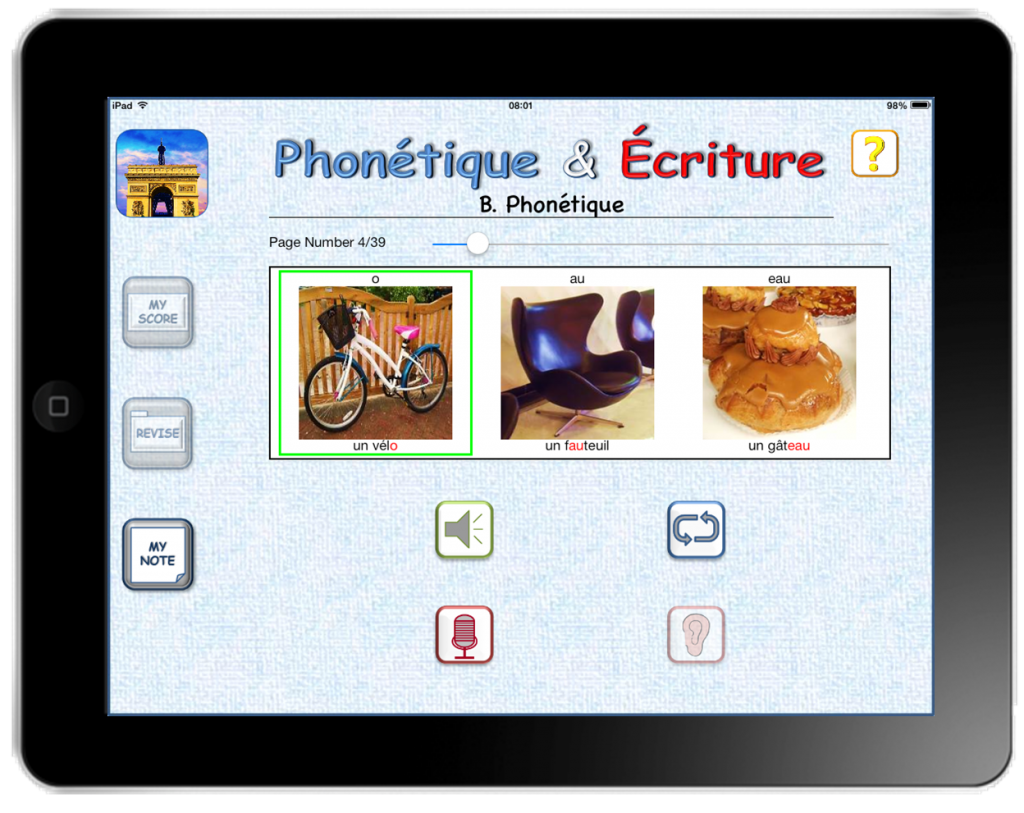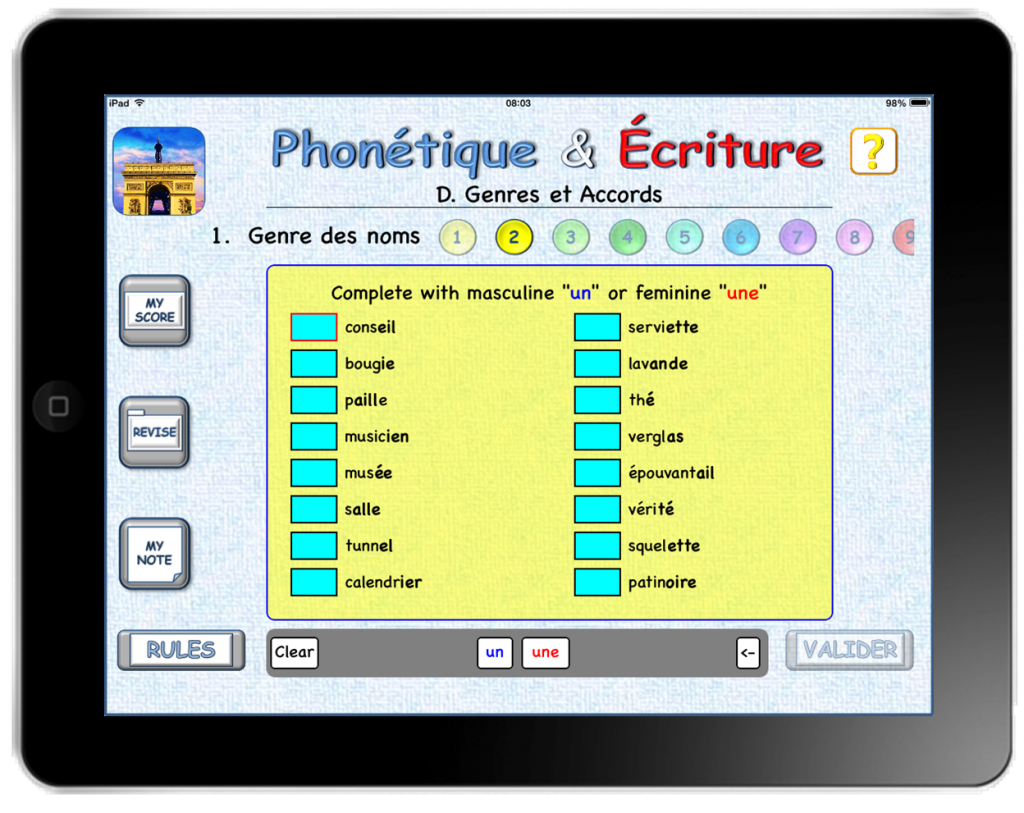Please tell us about your app! TRIOMPHE is created by a native speaking French teacher to support students preparing for French exams at GCSE, ALevel, IB and DELF.
I created this App because with 30 students per classroom, I realised very quickly it was just impossible to correct the pronunciation of everyone. We built this app to satisfy the demands of the talented students who really desire to understand the French language.
Through continual communication and feedback with and from my students and customers, I have spent a lot of time understanding their needs and what will help them to take their spoken French to a higher level. With this in mind, I began to develop a substantial curriculum which is aligned to exam boards criteria.

We wanted to ensure students and users can practise their listening and pronunciation skills with a native French teacher. TRIOMPHE is a complete tutor in that, it explains the written rules in both English and French.
How is the app different from similar apps? TRIOMPHE explains the pronunciation and written rules of the French language along with practical exercises to fully enable learning. You will learn the French way and understand the language at a much deeper level than existing apps. We believe this app is an innovative step forward in French learning.
TRIOMPHE is mainly focused on pronunciation, written rules, gender classification for nouns and matching adjectives correctly. A unique aspect of this is that the user can easily track progress and also revise and rectify mistakes.
![]()
Tell us about the app icon and design. We created our Icon from our collection of photos and images. Our objective was to ensure the icon design was clean and colourful. We also wanted to highlight the name of the app and it’s clear message of linguistic success: “TRIOMPHE over your French Exam!” “Triumph” and `Triomphe’ mean the same thing in both English and French: to succeed!
All the design work was done using PowerPoint, Paint and Photoshop. We spent over a month debating how we wanted it to look and get to a point we were happy with.
What resources or communities assisted you in building the app? The sound and the quality of the pronunciation was really important for us, so we worked very hard at getting it right. Technically, again we worked incredibly hard to making sure the app was easy to navigate. Friends and Family really helped with continual testing before the initial release.

What did you learn building the app? I learned that you need to be very patient and determined!
I am so completely passionate about helping people to learn French. It is become more like a hobby to me than a job, I learn something new everyday and I want to share with others the best way to learn. If people learn as much about the French language as I have learned in the development of this app, I will be incredibly happy and proud.
Who is on the team and what are your roles? We are a very small team of 2 ! We are : Anders Christensen -product developer and myself ( Co-Founders ). So you can appreciate that the development of the app was a massive challenge.

Agnes Gaillard, creator of TRIOMPHE
What were you doing prior to building the app? I was and I continue to be a french teacher here in the UK. I teach my children, students and customers the French Way with the same methodology I have developed on my app! Most importantly I can say from my own experience: “ it WORKS!” My children did their own french GCSE in Year 8 and Year 5 with both of them gaining an A* each.
Head over to the iTunes App Store to download TRIOMPHE. Hey you app devs! Wanna be featured like TRIOMPHE? Be sure to check out http://www.powerslyde.com/get-discovered

